#LargeSedans
Rare Rides Icons: The History of Kia's Larger and Full-size Sedans (Part XIII)
Last time in our Kia large car saga, we learned much about the second-generation K9. Kia’s large, rear-drive luxury sedan wore K900 badging most places (including North America) but was also called Quoris on occasion. After a first generation that failed to capture the interest of global consumers, Kia went bigger and better for its second attempt.
The larger, more luxurious, and more refined K900 debuted in 2018 for the 2019 model year. It was as good a car as Kia could offer, a statement that was printed with an asterisk: From inception, any Kia flagship had to be lesser than its Genesis (nee Hyundai) sibling. Not as large, not as luxurious, not as showy, not as expensive, and without a long-wheelbase limousine. Let’s find out how it fared.
Rare Rides Icons: The History of Kia's Larger and Full-size Sedans (Part XII)
In our last installment of Kia’s large sedan history, we took a look at the second generation Cadenza. With its second salvo at the likes of the Toyota Avalon and the Buick Lacrosse, Kia planned to capture the near-luxury sedan customer who cared about value. Unfortunately, the Cadenza didn’t excel at anything in particular, and failed to stand out against more established competition.
A similar story played out a few years before when Kia introduced the first full-size rear-drive luxury car it ever designed in-house. Called the K9 (Quoris or K900 elsewhere), the large sedan shared a platform with the new rear-drive Hyundai Equus. Both sedans were the flagship offerings at their respective brands.
The Equus was flashy and almost American-inspired, while the K9 was conservative and understated. But it turned out a large and anonymous looking luxury car was not to the taste of most customers. Even in its home market, buyers vastly preferred the Equus and its large winged hood ornament. What was Kia to do?
Rare Rides Icons: The History of Kia's Larger and Full-size Sedans (Part XI)
Kia’s second attempt at a K7 (Cadenza in North America) arrived at a time when the company fully embraced a styling language of its own. More upscale and nicer to look at than the derivative generation of 2010 to 2016, the new Cadenza debuted in all global markets for 2017. Kia was hopeful the second Cadenza would sell better than the first one, particularly in North America. Any predictions on how that went?
Rare Rides Icons: The History of Kia's Larger and Full-size Sedans (Part X)
As we return to the history of Kia’s large sedans, we find ourselves in the midst of the 2010s. When the full-size and rear-drive K900 was introduced for the 2015 model year, Kia’s front-drive comfort option, the K7 (Cadenza to you), was in the midst of its first generation. A replacement for the unloved and ugly Opirus (Amanti to North Americans), the K7 ushered in sophisticated but bland Euro-centric styling from Peter Schreyer upon its launch in 2010.
Cadenza didn’t make its way to the North American market until 2014, and debuted with slightly sharper styling and a nicer interior via a mid-cycle refresh. Kia took its time in bringing the Cadenza to the North American market, as they wanted to be sure they got it just right.
In the end, the first Cadenza fell between the soft rock of the Lexus ES and the hard place of the Nissan Maxima. Additionally, it lacked the prestige to compete with other large front-drive upmarket offerings of the time. The new cadenza lasted only three model years in North America, as Kia was ready for an all-new generation K7/Cadenza in 2017.
Rental Review: The 2021 BMW 530i XDrive, Interference at No Cost to You
As a fan of the midsize luxury sedan class, it’s sad to see how many manufacturers have given up on the segment. The German trio still has their stalwarts, but Japan gave up in 2020 (RIP Lexus GS), the only American still in the ring is the Cadillac CT5, and its outlier status is accompanied by newcomer Genesis with the G80.
It’s a dying class, which is why your author was especially pleased to spend the Memorial Day weekend with a longstanding headliner of the German luxury sedan genre: A 2021 BMW 5-Series.
Rare Rides: The Superbly Luxurious and Gingerbready 1990 Chrysler Imperial
I’ve been meaning to cover the final Chrysler Imperial for some time now. The only Imperial featured in this series so far is a collection of the early Eighties version, which was a very expensive and complicated pet project failure of Lee Iacocca.
Today’s Imperial is the follow-up model to that boxy rear-drive PLC. Let’s check out the longest and most luxurious K-car variant ever made.
Rare Rides: The Singular 2000 BMW L7, by Karl Lagerfeld
Today’s Rare Ride is a one-off bespoke build of an already very limited-run car. A 2000 7-Series BMW was not enough for one Mr. Lagerfeld, so he sat down with BMW Individual to work his car into something very special.
The result was intense Germanic luxury with a heavy helping of Regency Elite. Let’s go.
Rare Rides: The 1986 Rover SD1 Vanden Plas, Style, Luxury, and Utmost Quality
We’ve featured exactly two Rover vehicles in this series so far, which were the predecessor and successor of today’s SD1. Like the P6 before it and the 800 series after, the SD1 was the flagship executive car in Rover’s lineup.
Opinion: Nissan Definitely No Longer Cares About the Maxima
Breathtaking, isn’t it? Just the right size, its lovely proportions carry off a premium look well. It was always a cut above the Camry and Accord with its superior drive and buttery smooth VG30 V6 as standard. Four-door Sports Car it was called, 4DSC stickers proudly on display. Nissan had a winner with that Maxima. But that Maxima was three decades ago, and after an experience with a 2020 Maxima, I’m here to tell you Nissan most definitely gives no more shits about its most expensive sedan.
Rare Rides: The Sporty and Very Rare 1991 Mitsubishi Debonair, by AMG (Part III)
Today marks the final installment in our Mitsubishi Debonair saga, which began a couple of days ago. We talked origins and its eventual demise, and today we’ll cover the little AMG part in the middle.
Rare Rides: The Sporty and Very Rare 1991 Mitsubishi Debonair, by AMG (Part II)
Last time on Rare Rides we introduced Mitsubishi’s Debonair, which began its tenure as Mitsubishi’s flagship luxury sedan in 1963 and remained the same for a very long time. Upon the model’s second generation in 1986, the Debonair made the switch to front-drive and adopted more modern looks in an attempt to appeal beyond very conservative large sedan buyers in Japan.
But the changes still weren’t enough, as we’ll see today.
Rare Rides: The Sporty and Very Rare 1991 Mitsubishi Debonair, by AMG (Part I)
Today’s Rare Ride is the second attempt Mitsubishi made to build its own full-size executive car for the Japanese Domestic Market. Debonair never moved outside its home market, and always played third fiddle to competition from the likes of Toyota Crown and Nissan Gloria (then a Prince model). Today’s example goes slightly further and adds AMG flavor to the front-drive mix.
There’s a lot of information to cover here, and today we talk about the model’s beginnings.
Rare Rides: The Lincoln Continental From 2002, Nicest-ever Taurus
Today we take a look at the early 2000s Lincoln Continental. A generation of Continental that didn’t know what it wanted to be, we can take comfort in the knowledge it was at least a nice Taurus.
Rare Rides: The Incredibly Rare 1981 BMW 735i Touring
Today’s Rare Ride is one of just a handful of custom-built 7 Series wagons, created by a coachbuilder who wanted flagship BMW luxury with additional cargo carrying capabilities.
Come along as we check out this large BMW wagon.
Rare Rides: The 1999 Maserati Quattroporte, and It's Pink
We’ve featured a Quattroporte at Rare Rides on two prior occasions: a beautiful first-generation model, and one in its more modern form which was reworked into a slinky wagon.
Today’s Nineties model is … neither of those things.



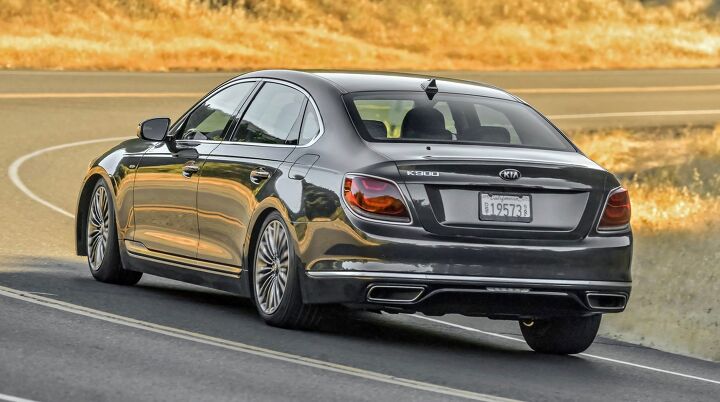


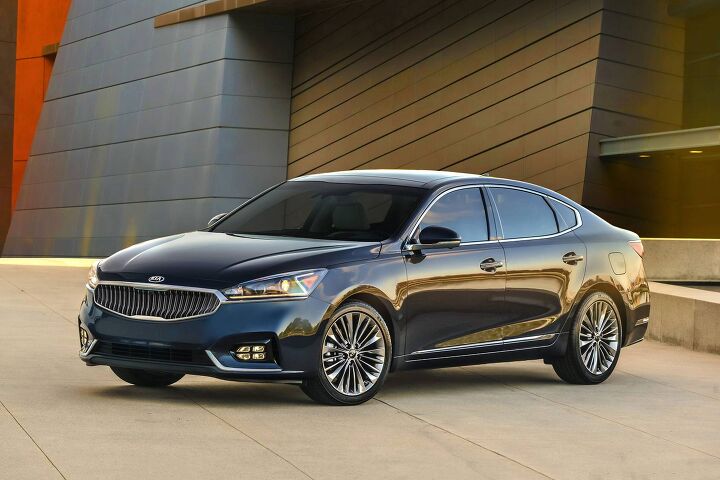

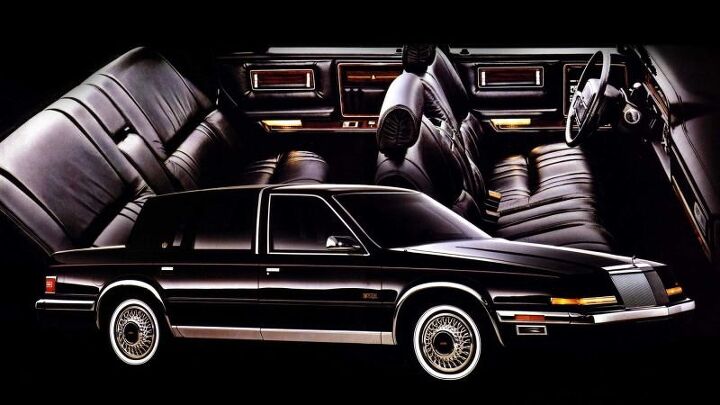




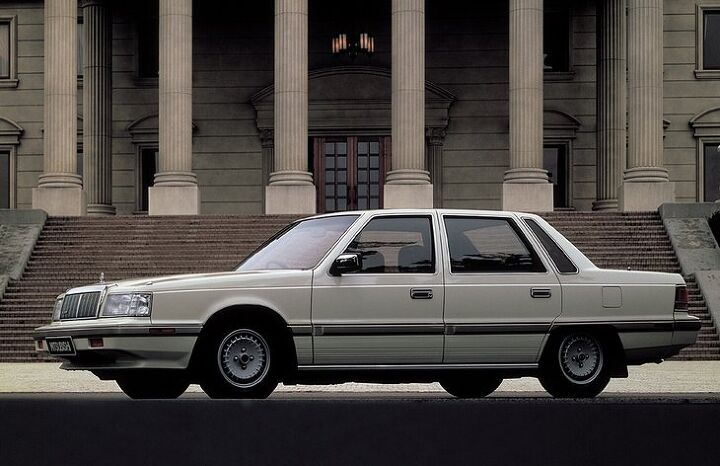


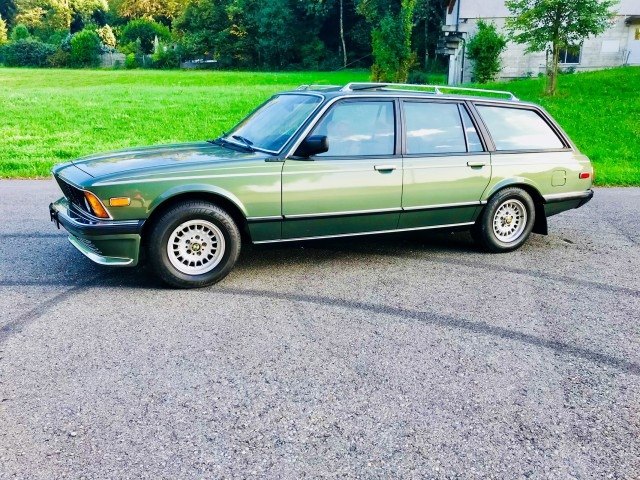













Recent Comments